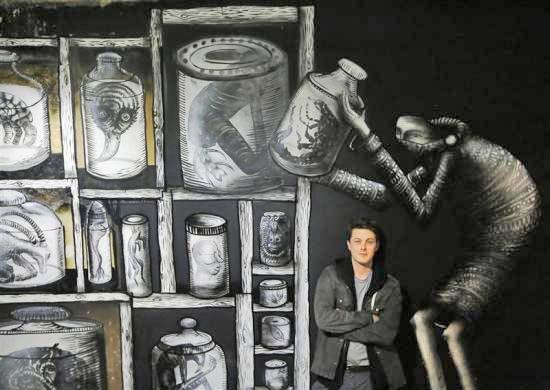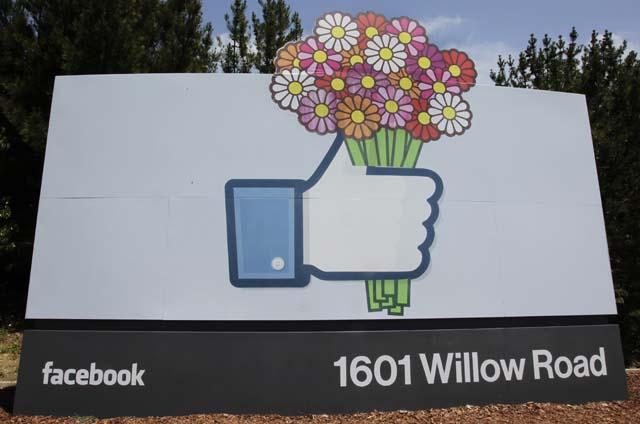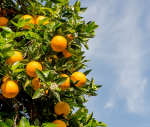Hands & Hearts
Weavings from Jordan
Khalil Naouri
Editor: Katharine Scarfe Beckett
Design by Beyond, Amman, Jordan
Printed by National Press
Pp. 240
“Jordanian weaving is the work of artists. It is something to be fully experienced. You must see it, touch it, feel it and live with it. These pieces are so beautiful it is sometimes hard to imagine they were made for hard use.”
It is the avowed belief of the author of this precious book of aesthetic and documentary value that introduces the reader, novice and connoisseur alike, to Jordanian weaving and, by extension, a way of life.
Wishing to document this dying art form, Naouri, “passionate about traditional weavings that were made from forty to a hundred and fifty years ago”, has travelled the country’s length and breadth for well over a decade — initially trading in Jordanian weavings, later building a collection “to help share our heritage more widely” — to form a representative collection for this book and, later, a museum.
“I hope this will help us as Jordanians to begin to truly share and celebrate our rich history of weaving, and then to share Jordanian weaving with the world around us so it receives the attention it merits.”
Richly illustrated with different items woven for practical purpose of adornment, the book contains 150 photographs, mostly of the pieces that are part of a much larger collection of this passionate dealer turned scholar.
The colours and patterns of the rugs, pillow covers or decorative bands are amazingly similar, and akin to those of the region and the larger Mediterranean basin, proof that art and skill travel, and are adopted by mankind eager to learn and embellish its life.
“Rugs were traded and given between tribes, families, and individuals throughout Jordan, taking their designs with them to a new place where they might be imitated or adapted.
“Therefore, although we can recognise certain characteristics that belong to one town or region, there is no single, precise ‘code’ for the patterns in traditional weaving. Instead, each piece must be understood as itself, with its own maker, history and context,” says the author.
Made of sheep wool, goat hair and camel pile, the weavings are painstakingly created on, mostly, ground looms. Reds and oranges predominate, but there is also the whole range of browns, creamy white, dark blue and occasionally green.
While in the past the hues would have been made using natural dyes or simply the colour of the animal fibre, more recently weavers would resort to synthetic dyes.
“The process is harsh and unrelenting, like Jordan’s most extreme natural environments. However, when you experience a finished piece of Jordanian weaving, you do not feel the suffering, only the soul of its creator and the utility of the piece. There is no artifice here, just creativity and survival,” says Naouri who leaves no doubt about his passion for the outcome of this labour of love.
The items shown in this book are named in Arabic (with the English equivalent given), another attempt by the author to preserve tradition.
The reader will admire and come to learn the names of small bags for dried foodstuff (aliga) or bigger storage bags (idl), at times adorned with beads, buttons or shells; of village/town rugs (fijjeh) or of rugs used in bedouin tents (mafrash); of sleeping bags presented to newlyweds (ghafra) or of coverings for camel hindquarters (gafaya); but also terms used for certain patterns (Hosn design; nagesh, to create triangular blocks of colour; or ragm, a complex warp patterning in bands), and have a glimpse at a way of life by seeing the “saha” — “an often elaborately patterned dividing curtain for use inside the tent”, separating men from women — the “rasan” (camel headstall) or the “sfeefy” (long, colourful decorative bands for tents, camels and horses).
The book has another surprise: pages from a book published in 1958 from a manuscript by Maj. Gen. Frederick Gerard Peake, creator of the Arab Legion, who, in 1920, as lieutenant-colonel in the British army was sent to police parts of the territory then called Transjordan; and of maps showing the approximate geographical location of various tribes of Jordan.
The page from the preface of Peake’s book figured in Naouri’s book gives an idea of how Peake Pasha “came to know Transjordan well at about the same time that many of the weavings in this book were probably being created” and “explains a little how the three maps he made between the 1920s and 1930s came later to publication”.
“Jordan is a complex land of oral history, unique interpretations, and constant flux. Given these realities, it is important to realise that this is a book of art, not history,” says Naouri who, while going about documenting the items in his collection, recognised that although there are no definite characteristics setting tribes apart in the art of weaving, it is in fact possible to identify different types, origins and traditions within Jordan.
“A star shape on a rug might equally well represent a constellation or a spring flower. It might simply be a pattern used traditionally by the tribe who made it, or it might be newly created by its weaver,” he however acknowledges, perhaps by way of underlining, that the process is painstaking and only fairly accurate.
Wherever they originated, the items in Naouri’s book and the thousands in his collection were lovingly acquired, carefully preserved and are displayed in the hope that this dying skill may be revived and that Jordan’s traditional heritage is not forgotten.
For, as he says, “Jordanian weaving achieves the remarkable feat of being both essential for the traditional ways of life and also breathtakingly gorgeous.”
The book is available at Shiraz Store, Jordan Intercontinental Hotel, Books@café, Jacaranda Images, Jordan River Foundation, Readers@Cozmo, Wild Jordan and Alia Airport bookshops.




















